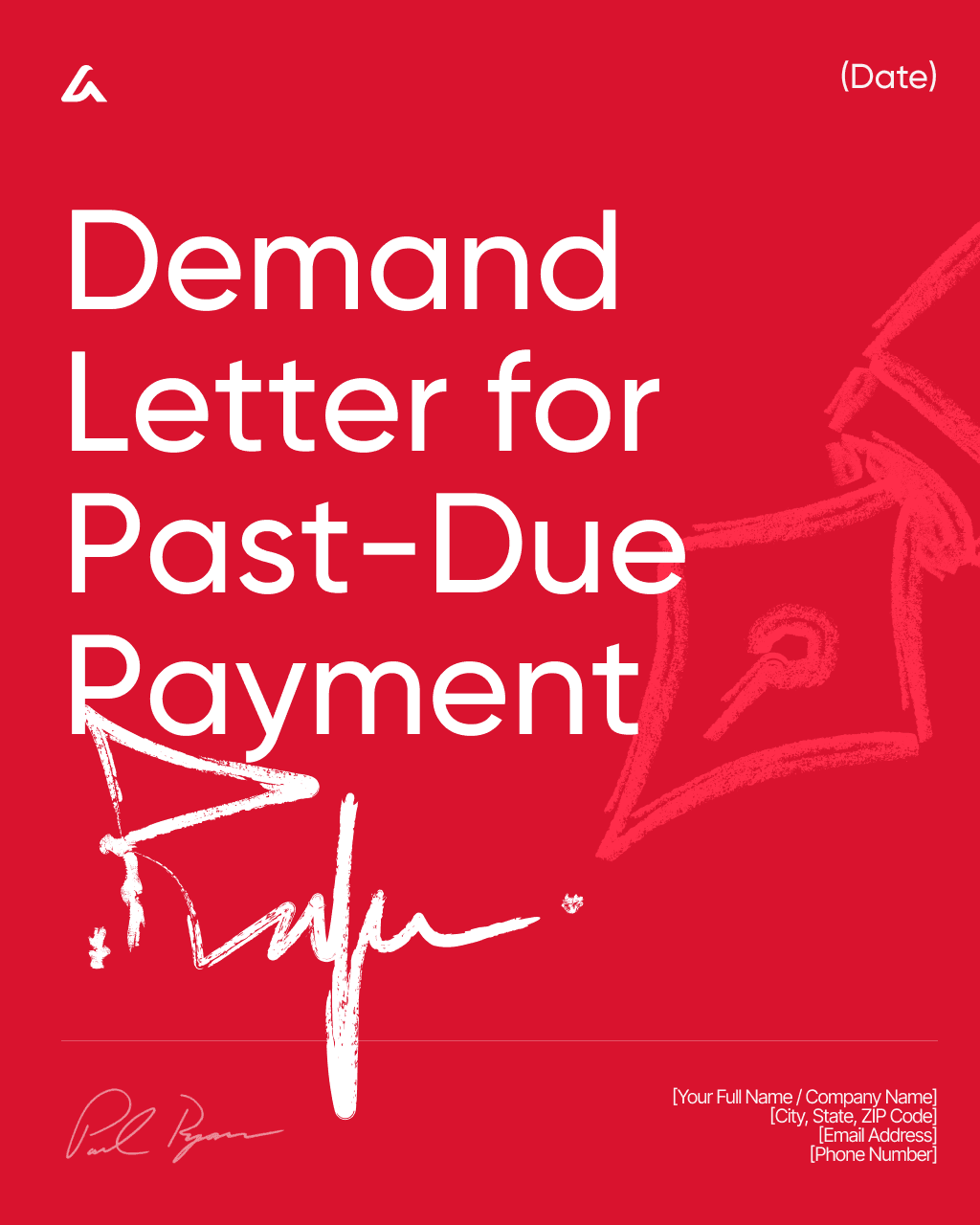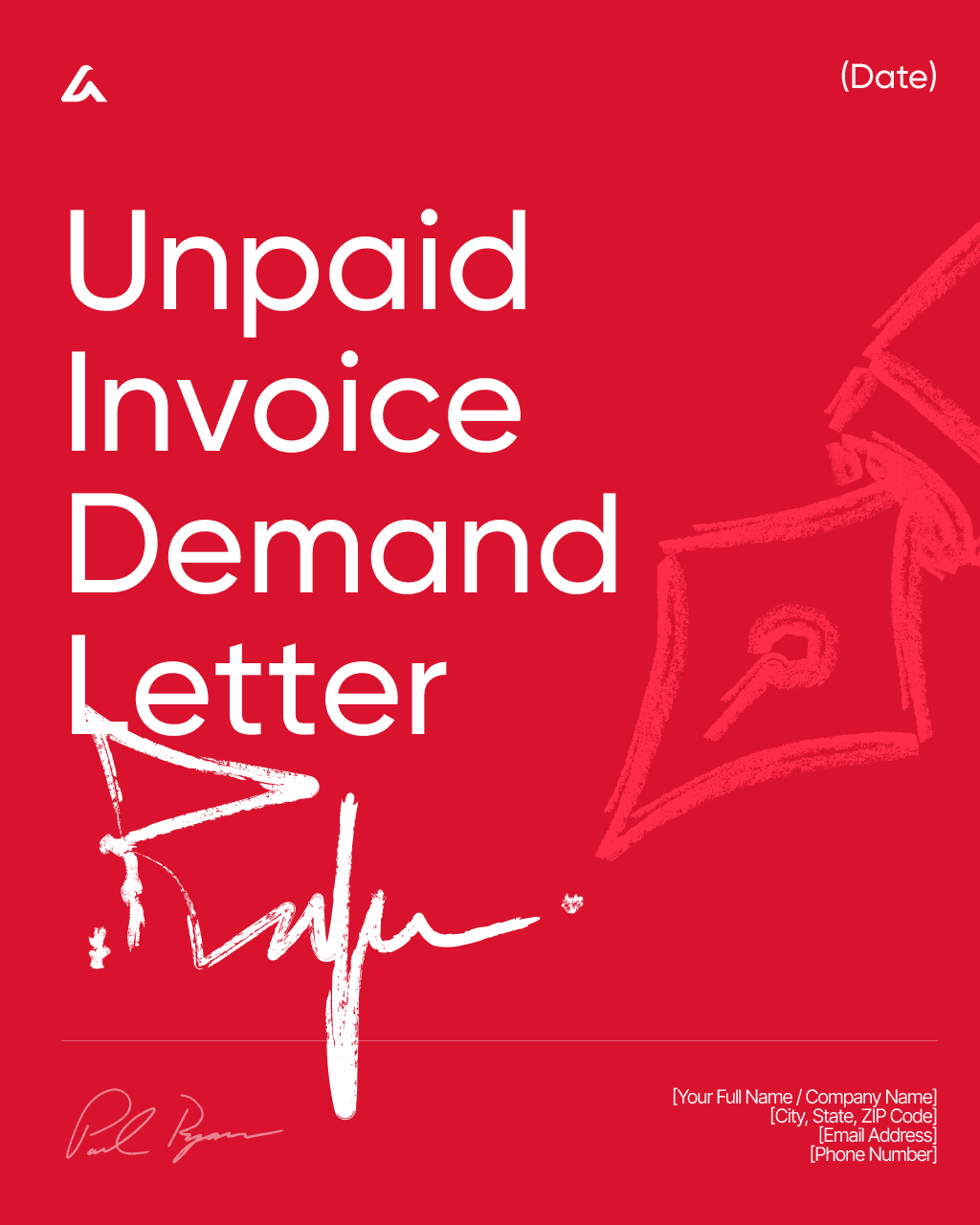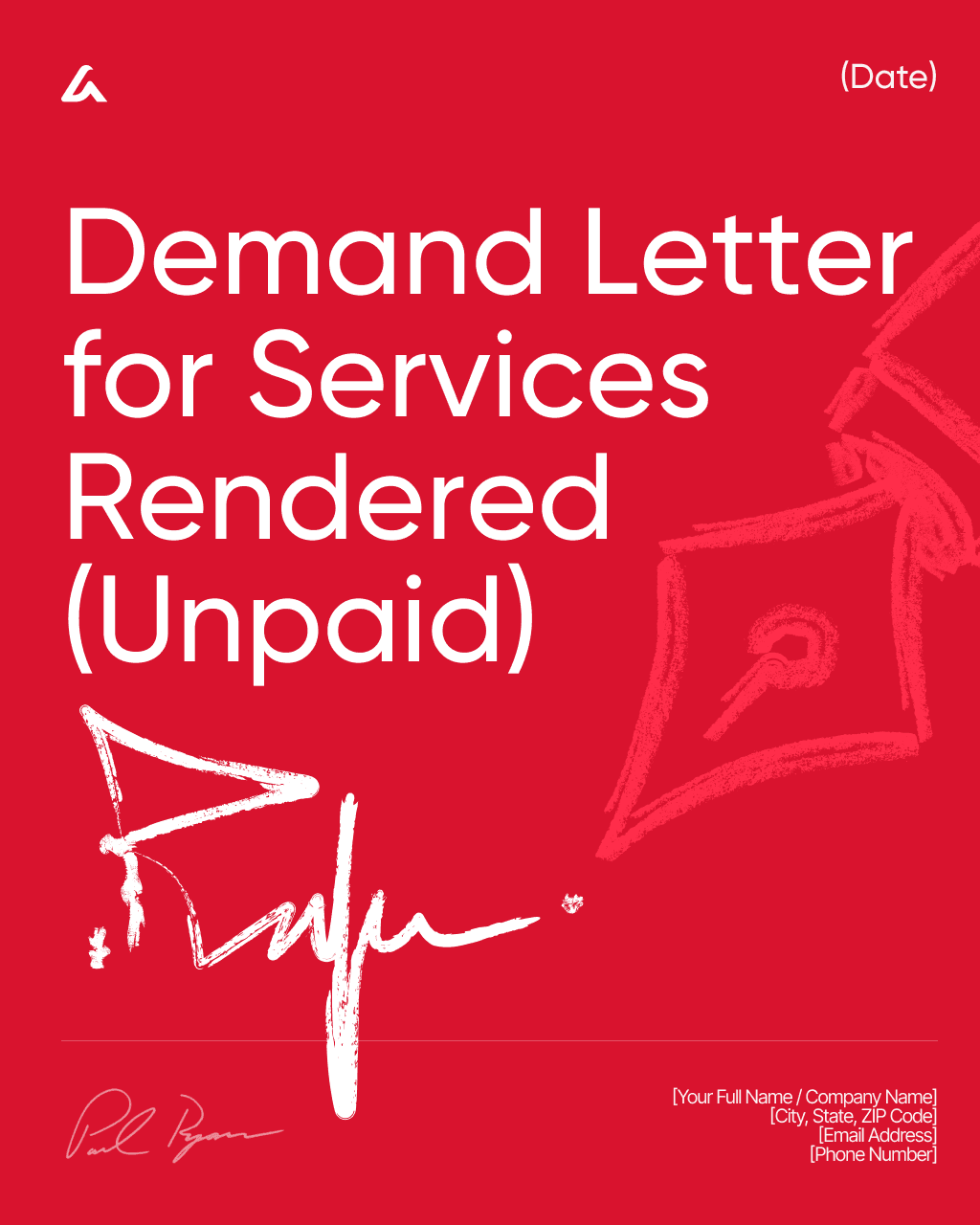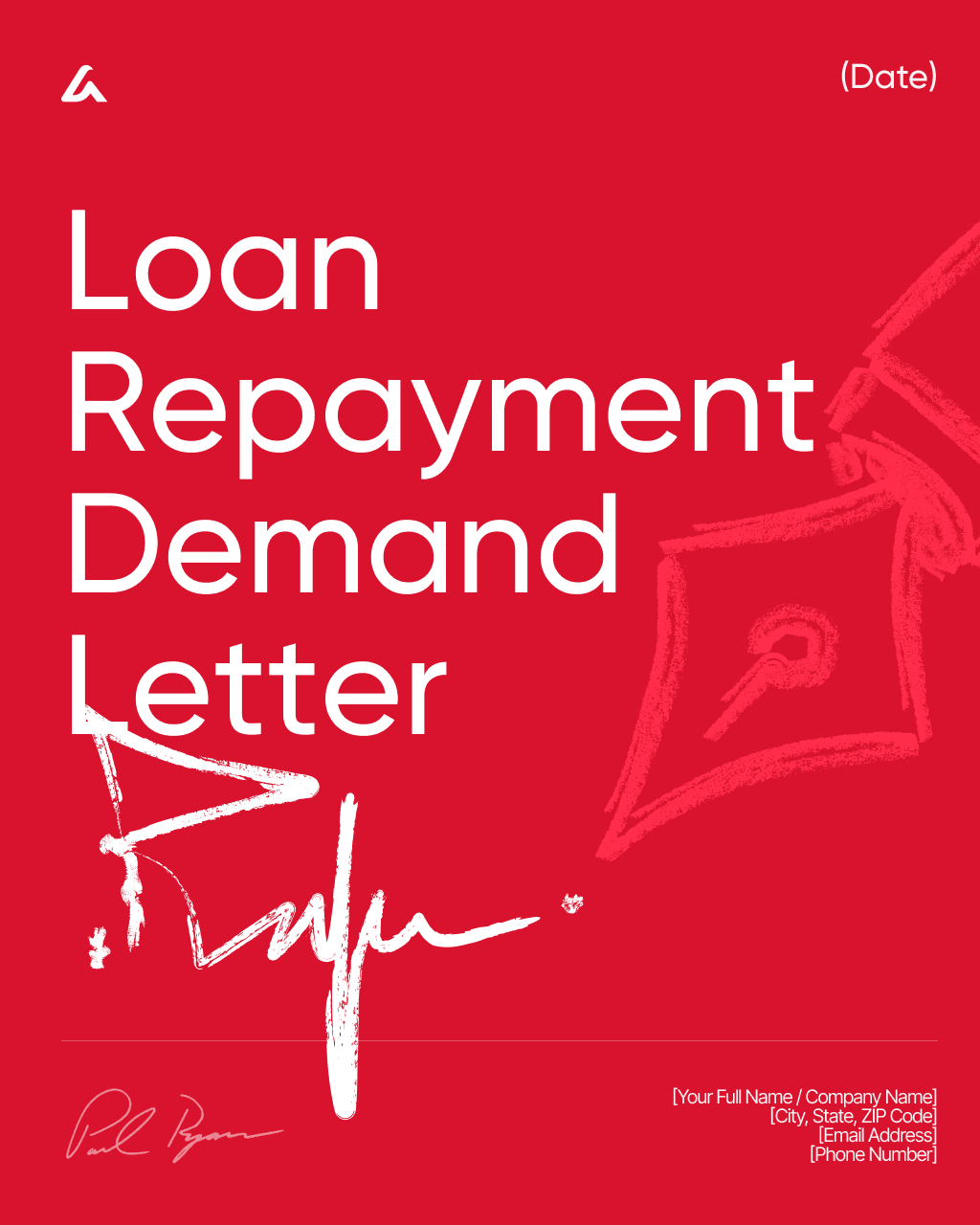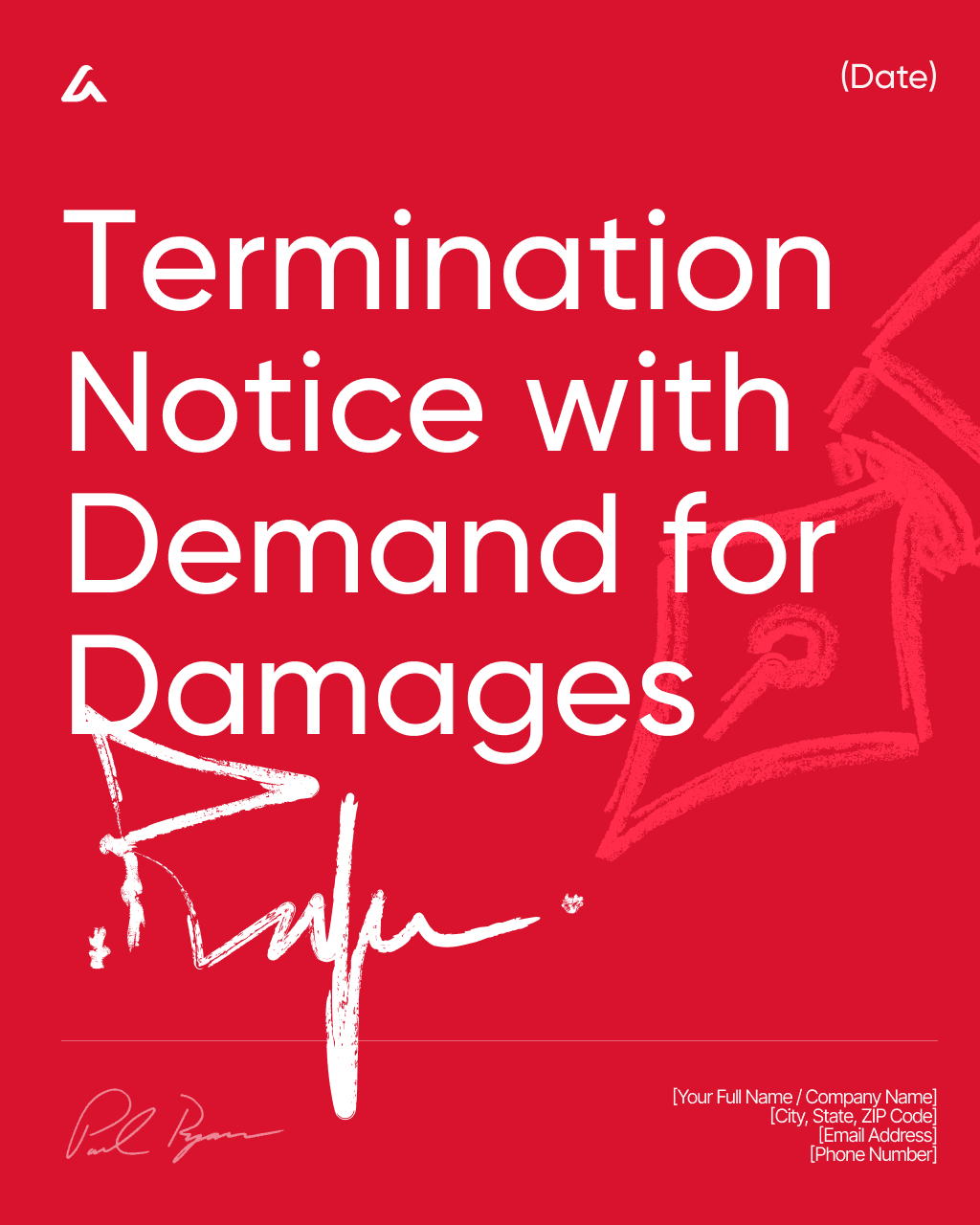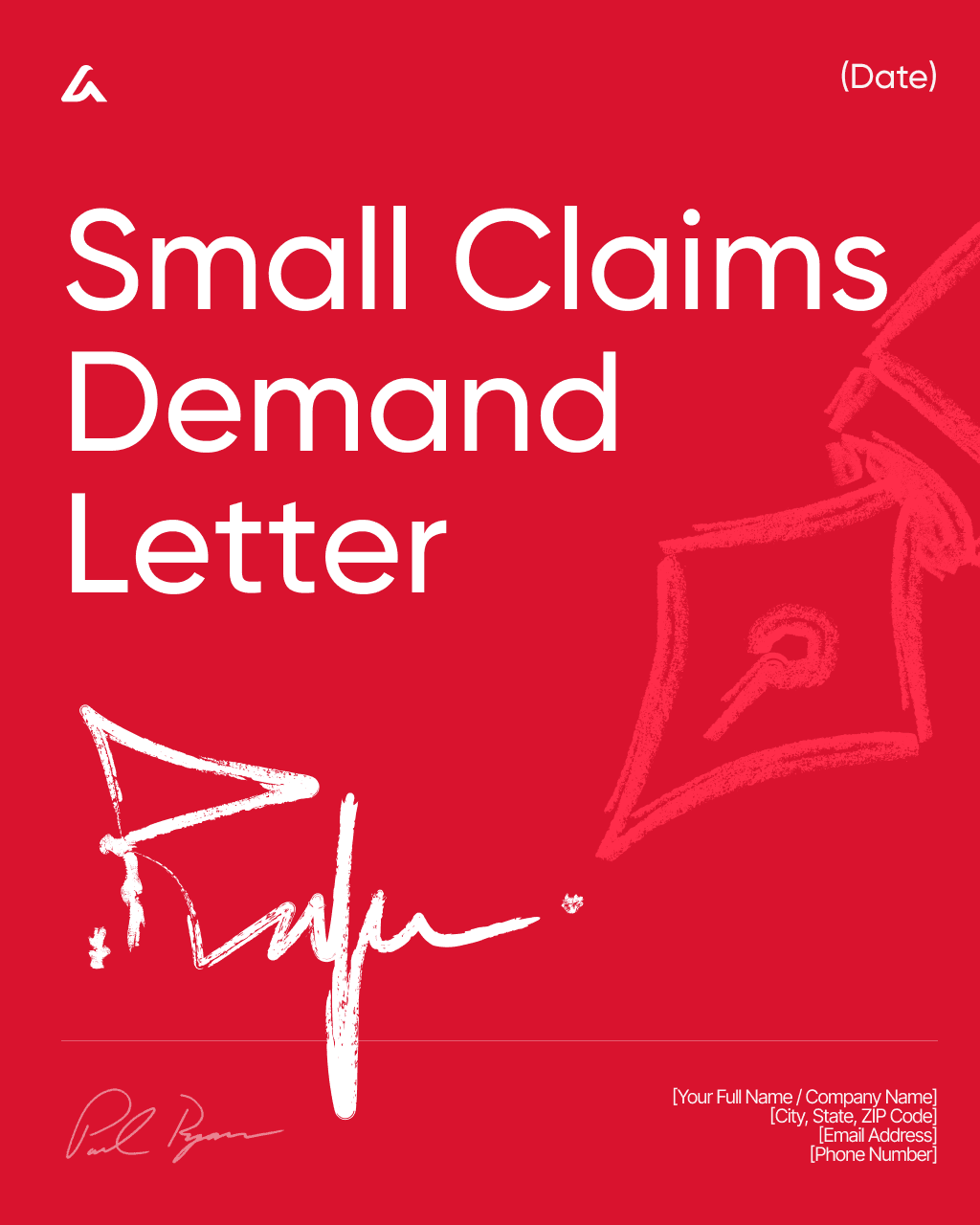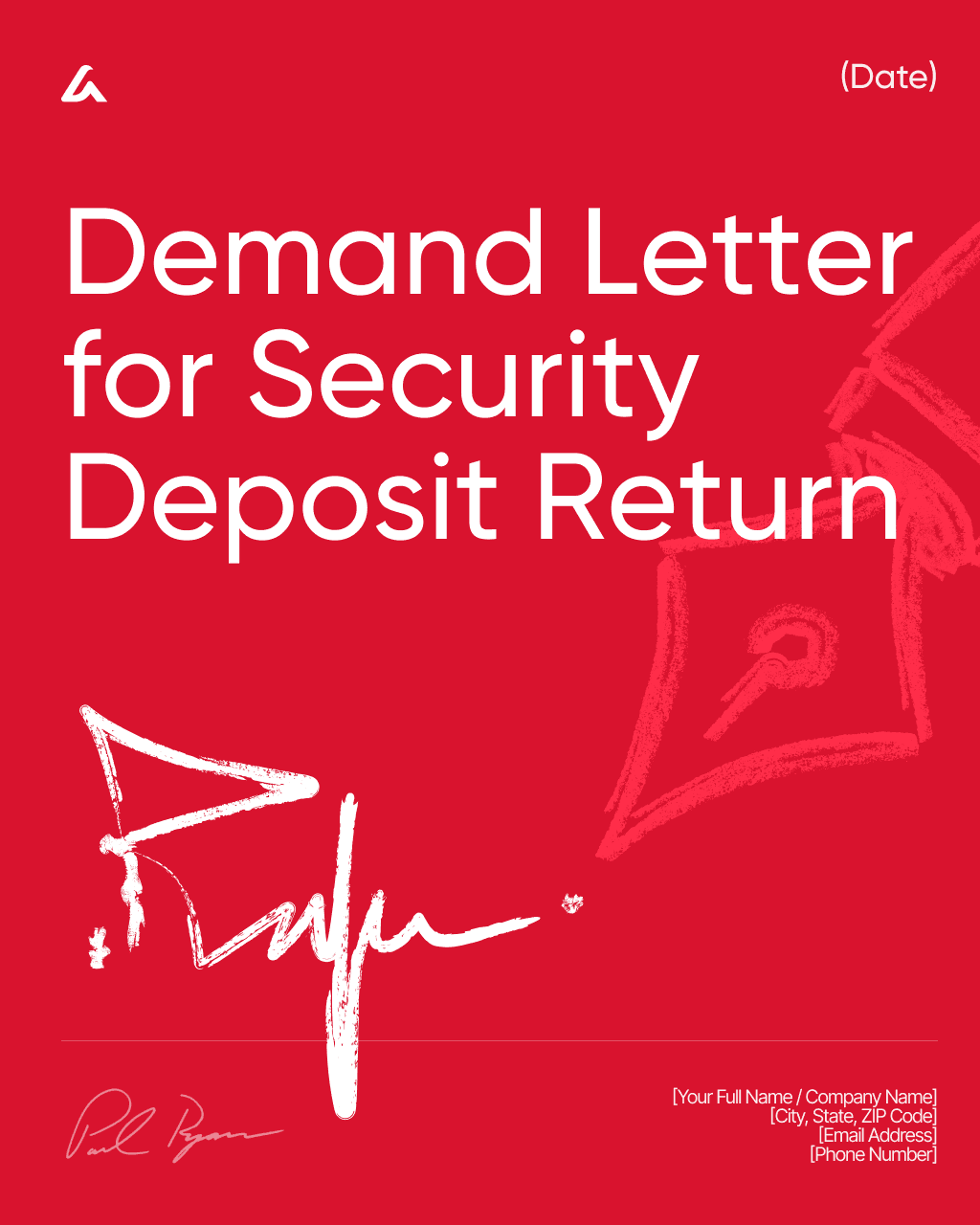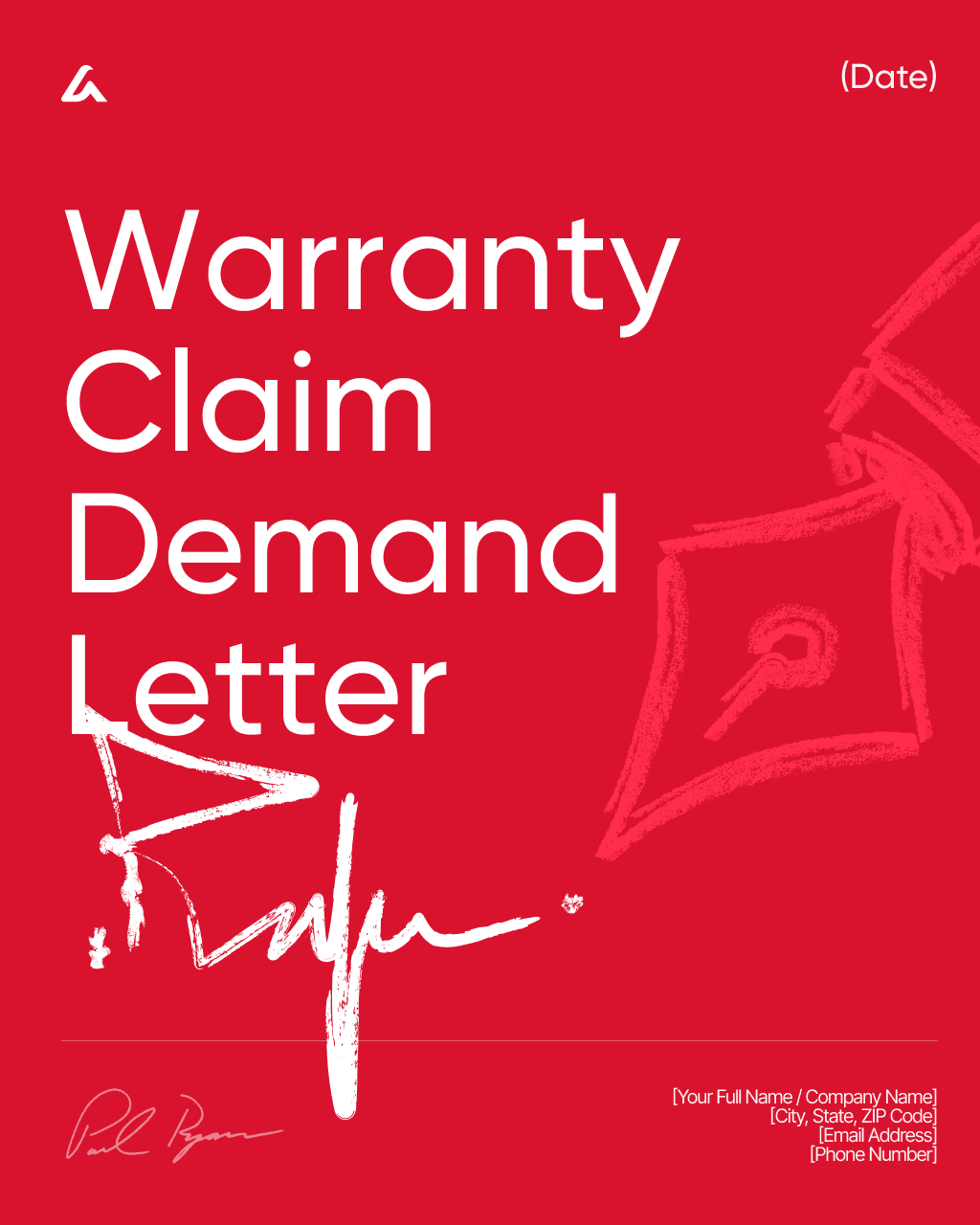Free template
Letter of Intent (LOI) Template – California
Establish mutual understanding and guide negotiations with this California Letter of Intent Template.
Downloaded 2305 times
Download template
Letter of Intent (LOI)
This Letter of Intent ("LOI") is made and entered into on [Date], by and between:
Party A: [Full Name / Company Name]
Address: [Address]
and
Party B: [Full Name / Company Name]
Address: [Address]
Collectively referred to as "the Parties."
Purpose
This LOI sets forth a detailed preliminary framework for a potential business relationship within California. It is designed to align expectations around innovation-oriented initiatives — such as technology pilots, co-development programs, or sustainability projects — while preserving flexibility. By recording core intentions now, the Parties reduce uncertainty and accelerate decision-making.
California practice values transparency and iterative planning. This Purpose section highlights objectives, key stakeholders, and topics requiring deeper diligence.
Scope of Collaboration
The Parties anticipate cooperation across defined workstreams that may include research and development, product integration, or environmental initiatives. Each workstream will later be mapped to deliverables, resources, and success measures.
Time-boxed pilots may be used to validate feasibility and inform budget alignment and risk controls.
Compliance and Sustainability
The Parties intend to maintain responsible practices reflecting California’s emphasis on sustainability and ethical conduct. This includes steps to mitigate environmental impact and respect privacy expectations.
Where appropriate, process standards (e.g., data handling, reporting cadence) will be documented in the definitive agreement.
Confidentiality
Each Party will keep non-public information confidential and use it only for evaluation and negotiation. Confidentiality applies to oral, written, and electronic information and survives termination.
Disclosures to advisors are permitted on a need-to-know basis if comparable obligations are imposed.
Non-Binding Intent
This LOI expresses present intentions and does not create binding obligations except as expressly stated. Discussion points are preliminary and may evolve as diligence progresses.
Commitments to proceed arise only upon execution of a definitive, mutually acceptable agreement.
Governing Law
This LOI shall be governed by the laws of the State of California. The Parties will first attempt to resolve disputes through good-faith discussions or mediation.
IN WITNESS WHEREOF, the Parties have executed this Letter of Intent on the date first written above.
Party A Signature
Name:
Title:
Party B Signature
Name:
Title:
Flash deal
Flash deal
Today
Today
No time to fill it up? Generate your custom agreement with AI Lawyer in seconds
What’s Included
Legal Research
Legal Research
Legal Research
Contract Drafting
Contract Drafting
Contract Drafting
Document Review
Document Review
Document Review
Risk Analytics
Risk Analytics
Risk Analytics
Citation Verification
Citation Verification
Citation Verification
Easy-to-understand jargon
Easy-to-understand jargon
Easy-to-understand jargon
Details
Learn more about
Letter of Intent (LOI) Template – California
Click below for detailed info on the template.
For quick answers, scroll below to see the FAQ.
Click below for detailed info on the template.
For quick answers, scroll below to see the FAQ.
California Letter of Intent (LOI) FAQ
What is a Letter of Intent?
A Letter of Intent (LOI) is a document that outlines the initial terms and intentions of parties who plan to enter into a formal agreement. It is often used as a pre-contract to show serious interest and confirm the key points before drafting a final, legally binding contract.
An LOI helps ensure both sides agree on the main expectations, goals, and basic terms upfront, reducing misunderstandings later. While it may include important details such as pricing, timelines, responsibilities, and next steps, most Letters of Intent are not legally binding, except for specific clauses like confidentiality or exclusivity if included.
When to use a Letter of Intent?
A Letter of Intent (LOI) is used when two parties want to outline the key terms of a potential agreement before creating a formal contract. It helps confirm interest, clarify expectations, and make sure both sides agree on the main points early in the process.
Individuals often use an LOI when applying for a job, internship, school, or partnership opportunity to show serious intent and professional interest. Businesses use a Letter of Intent during negotiations for major transactions, such as buying a business, forming a partnership, or entering into a commercial agreement. In these cases, an LOI sets out the main terms — such as price, timeline, responsibilities, and confidentiality — before preparing a detailed and legally binding contract.
What should be included in a Letter of Intent?
A Letter of Intent (LOI) allows parties to outline, clarify, and announce the key terms of a potential deal before creating a final, legally binding agreement. It sets expectations and ensures both sides understand the proposed transaction.
A well-structured Letter of Intent should include:
Contact information: Include the names, addresses, and contact details of both the sender and recipient.
Salutation: Use a professional greeting and the recipient’s full name (e.g., “Dear [Name]”).
Introduction: Clearly state the purpose of the letter, the opportunity or transaction being proposed, and the key parties involved.
Body content: Provide essential details such as the scope of the proposal, responsibilities of each party, timeline, pricing or financial terms, contingencies, and any due diligence information required.
Confidentiality or exclusivity (if applicable): Note any terms that limit sharing information or negotiating with others.
Closing statement: Explain the next steps to move forward (such as signing the LOI) and include an expiration or response deadline.
Signature: The sender should sign and date the LOI to confirm the intent.
Enclosures: List and attach any supporting documents, such as NDAs, business summaries, or product details.
While an LOI is often not fully legally binding, businesses should consider having it reviewed by a lawyer to ensure clarity, protect their interests, and avoid unintended legal obligations.
Is a Letter of Intent legally binding?
A Letter of Intent is usually not fully legally binding, but it can include certain binding provisions depending on how it is written. Most LOIs simply outline the parties’ intentions and key terms before drafting a final agreement. However, specific sections — such as confidentiality, exclusivity, non-disclosure, or governing law clauses — can be legally enforceable if clearly stated as binding. To avoid misunderstandings, the LOI should clearly specify which parts are binding and which are non-binding.
What is the difference between a Letter of Intent and a Memorandum of Understanding (MOU)?
A Letter of Intent (LOI) and a Memorandum of Understanding (MOU) are both preliminary documents used before signing a formal contract, but they serve slightly different purposes. An LOI typically expresses one party’s intention to enter into a future agreement and often outlines key terms from a more one-sided perspective (usually the proposing party). It may include binding or non-binding sections, but it is generally more informal and focused on showing commitment to move forward.
An MOU, on the other hand, is usually more detailed and mutually drafted, outlining expectations, roles, and responsibilities of all parties involved. It is more formal than an LOI and is typically used when both parties want to document mutual understanding and cooperation before creating a legally binding contract. While both can be partially enforceable depending on their wording, an MOU is often viewed as closer to a contractual agreement than an LOI.
In short, an LOI expresses intent, while an MOU establishes mutual understanding and agreed-upon principles before finalizing a contract.
Similar templates
Other templates from
Letters and Notices Templates
Money back guarantee
Free trial
Cancel anytime
AI Lawyer protects
your rights and wallet
Money back guarantee
Free trial
Cancel anytime
AI Lawyer protects
your rights and wallet
Money back guarantee
Free trial
Cancel anytime
AI Lawyer protects
your rights and wallet
Money back guarantee
Free trial
Cancel anytime

























































































































